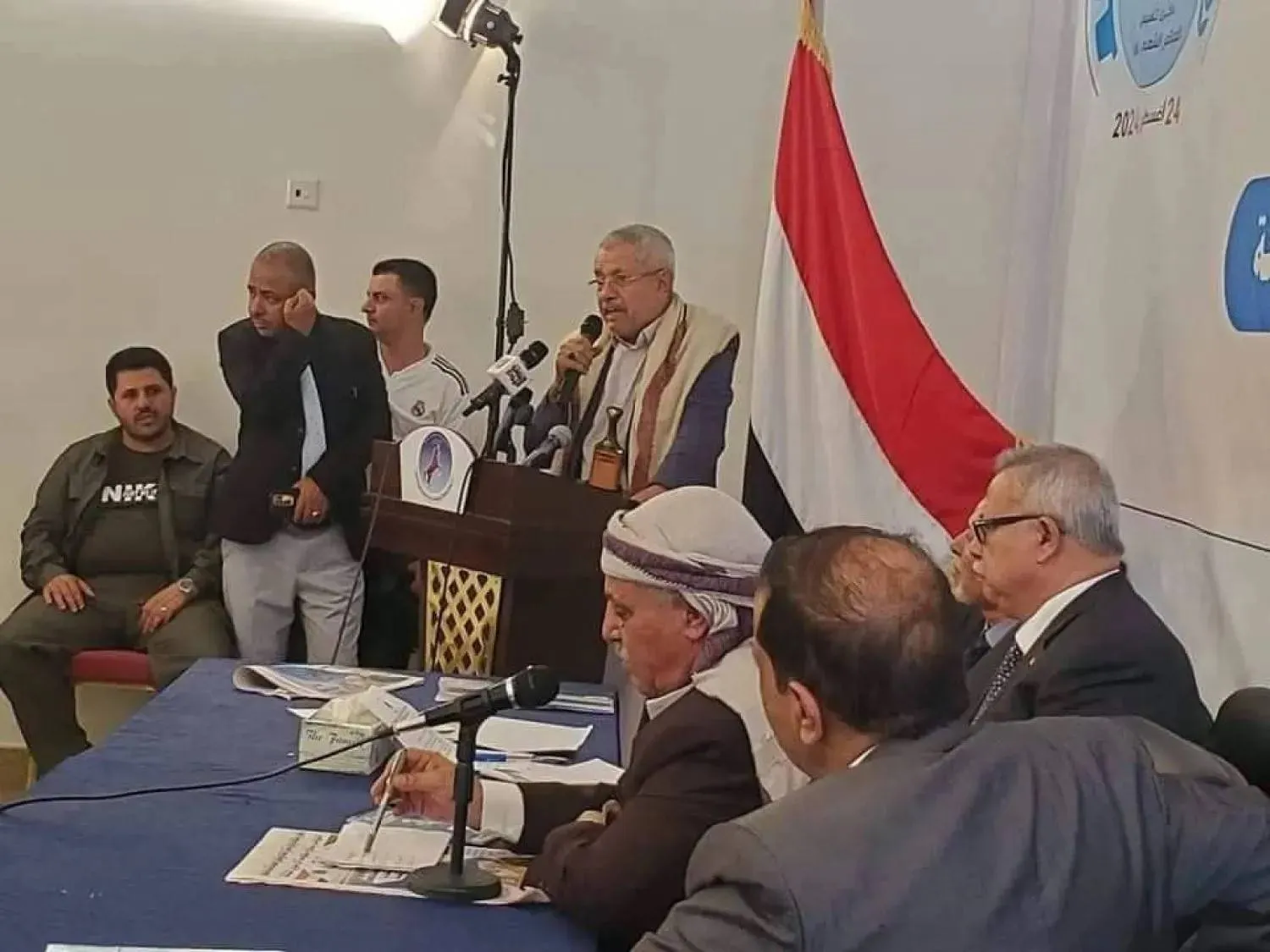The United States on Friday said it would protect its personnel in Syria after the US military carried out air strikes against Iran-backed forces in retaliation for an attack that killed an American contractor and wounded five US troops.
Just a day after the deadly attack on US personnel in Syria, which Washington blamed on a drone of Iranian origin, sources said a US base in Syria's northeast was targeted with a new missile attack. US officials said there were no US casualties in the incident on Friday.
The latest violence could further aggravate already strained relations between Washington and Tehran amid stalled efforts to revive a nuclear deal and Iran's military support for Russia's invasion of Ukraine.
"We're going to work to protect our people and our facilities as best we can. It's a dangerous environment," White House national security spokesman John Kirby said on CNN.
Although US forces stationed in Syria have been targeted by drones before, fatalities are rare.
The Pentagon said the US strikes by F-15 jets on Thursday targeted facilities used by groups affiliated with Iran's Revolutionary Guards Corps (IRGC).
The Syrian Observatory for Human Rights, a group that monitors the war in Syria, said the US strikes had killed eight pro-Iranian fighters in Syria.
Reuters was unable to independently confirm the toll.
Iran's state Press TV, which said no Iranian had been killed in the attack, quoted local sources as denying the target was an Iran-aligned military post, but that a rural development center and a grain center near a military airport had been hit.
"We will always take all necessary measures to defend our people and will always respond at a time and place of our choosing," US Army General Erik Kurilla, who oversees American troops in the Middle East, said in a statement.
The US strikes were in response to an attack earlier on Thursday by a drone against US personnel at a coalition base near Hasakah in northeast Syria.
Three service members and a contractor required medical evacuation to Iraq, where the US-led coalition battling the remnants of ISIS has medical facilities, the Pentagon said.
The other two wounded American troops were treated at the base, it said.
On Friday, the Pentagon said the injured personnel were in stable condition.
New attack ‘ineffective’
A US base at the Al-Omar oil field in Syria was targeted with a missile attack on Friday morning, according to Lebanese pro-Iranian TV channel Al Mayadeen and a security source.
Kirby said that attack was ineffective and there were no US casualties.
It is not uncommon for Iranian-backed groups to lob missiles at US bases in Syria after they are hit with airstrikes.
US forces first deployed into Syria during the Obama administration's campaign against ISIS, partnering with a Kurdish-led group called the Syrian Democratic Forces. About 900 US troops are in Syria, most of them in the eastern party of the country.
US troops have come under attack by Iranian-backed groups about 78 times since the beginning of 2021, according to the US military.
The US deployment, which former President Donald Trump nearly ended in 2018 before softening his withdrawal plans, is a remnant of the larger global war against terrorism that had once included the war in Afghanistan and a far larger US military deployment to Iraq.
While ISIS has lost the swathes of Syria and Iraq it ruled over in 2014, sleeper cells still carry out hit-and-run attacks in desolate areas where neither the US-led coalition nor the Syrian army exert full control.









